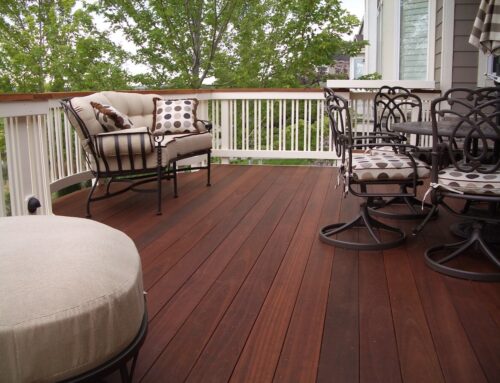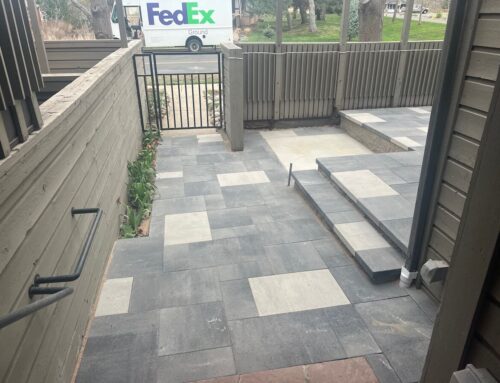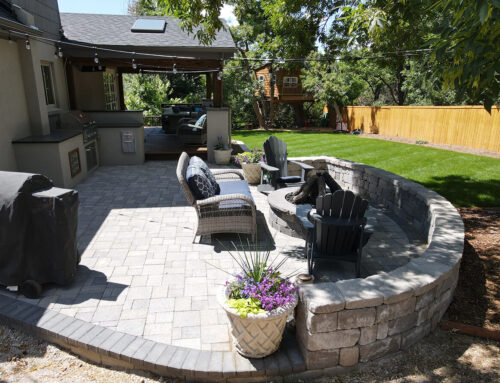On one day, temperatures skyrocket into the sixties, and the next, they plummet to zero. The sun blazes away for weeks, and then suddenly hides behind a wall of grey clouds.
Welcome to a Denver winter season.
And with climate change, no stable temperatures or weather conditions are likely for some time to come. What’s a gardener to do with this situation? Are there ways to ensure that your yard survives the roller coaster of temperatures and precipitation?
Recently, we had a chance to check in with local landscape designer, Annie Houston, of Columbine Design, Inc., a sister company to Birdsall & Co. She helped level out what good gardeners should do to keep a healthy yard and garden throughout the winter.
“The most important thing to remember,” said Annie, “is that gardeners need to trust their own green thumbs, and then, of course, to water even in the winter.” She said that the amount of snow we receive in this part of the country is not enough to feed the roots of any new or nearly new trees and shrubs. Any plant that is less than five years old should be watered approximately once a month during the winter.
“I suggest that you water your plants by hand, or turn a hose on to drip around the base,” said Annie. “If you turn on the hose to a drip level, you should check it in about one half hour. Then you use your green thumb to tell if it has had enough. For a tree, once one side is done, you go to the other side and water longer.”
To check to see if a tree or bush is fully fed, look to see how quickly it is soaking up any water you give it. If the plant has stopped soaking up water as fast as it comes out of the hose, you can probably move on to another area. To judge, gardeners need to count on their own green thumbs—that sense of well-being in the garden.
We asked Annie how to develop a green thumb if you don’t have one already. She laughed and said, “It took me years and years and years of errors, so I have learned from that.”
The good news is that small perennials need no other special care. “We live in zones four and five here in Denver,” said Annie. “There is no need to bubble wrap plants or roots here. Just water.”
This changes, however, with container plants.
“Plants in pots and other containers are susceptible to freeze,” said Annie. She suggested putting them into larger containers and moving the pots closer to your home, like up on a deck and out of any direct wind. Then, these special friends need to be watered more often than the plants in the ground, perhaps every two weeks.
With roses, one of the most popular plants to grow in our area, Annie suggested that you consider burming up around their bases with extra wood mulch or chips. That’s all the special care that they need.
And lawns? No extra care is needed. The snow will take care of them.
Annie has been working with homeowners and gardeners for several years, and she and her husband, Scott, are the latest owners of one of Denver’s most popular garden centers, Birdsall & Co. on Broadway between East Iowa and West Florida avenues.
One last tip from your friends at DeckTec: Although you want to water once a month, be sure to disconnect your hose from the faucet each time you use it. Hoses left connected can cause freezing pipes in your home.
(Photo by kaylovesvintage)






Leave A Comment